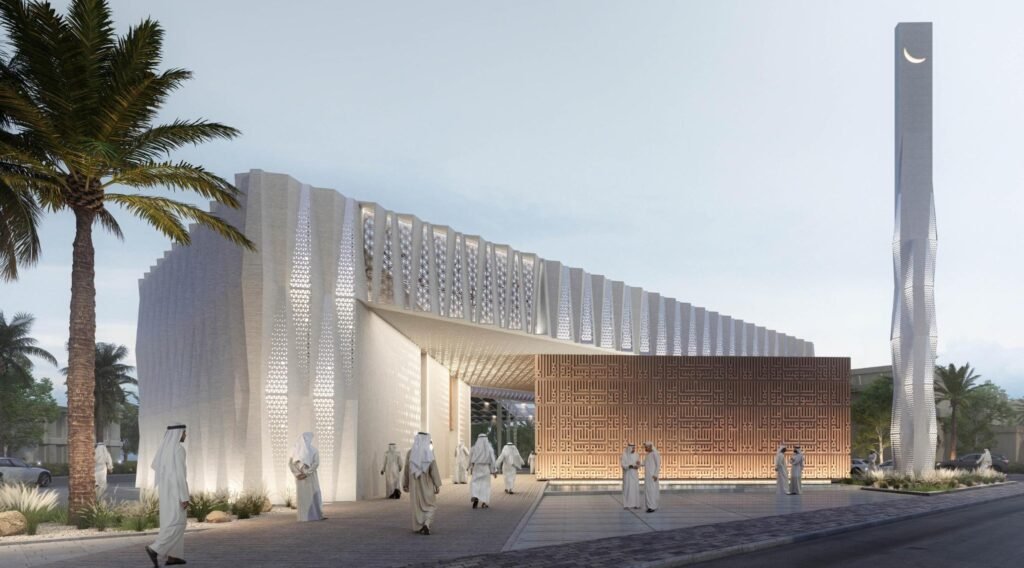World’s First Ever 3D Printed Mosque to be Constructed in Dubai:
In recent years, 3D printing technology utilized for various construction projects, ranging from homes to businesses to bridges. Dubai is planning to construct the first-ever 3D-printed mosque, which built using a concrete mixture and will hold up to 600 worshippers. The project scheduled to commence by the end of this year and expected to be complete by the first quarter of 2025. According to Ali Mohammad Alhalyan Alsuwaidi, the chief of engineering at the Dubai Government’s Islamic Affairs and Charitable Activities Department (IACAD), the use of 3D printing technology may save time and resources compared to traditional building methods. However, the name of the business in charge of the construction has not been disclose by the IACAD.
To 3D-print buildings, large printing machines programmed with design data are require. The construction material added to the structure by squeezing it out of a nozzle, and while concrete is the primary material use for 3D printing, other materials such as clay can also be use.
Dubai aims to become the global hub for 3D printing, and in 2018, it launched a “3D Printing Strategy” that aimed to make 25% of new buildings in the emirate using 3D printing by 2030. The largest 3D-printed construction in the world, the Dubai Municipality building, was unveiled in 2019 and stands at 9.5 meters tall, covering 640 square meters. It also houses the world’s first 3D-printed office and a 3D-printed drone research lab.
3D-printed structures:
Several 3D-printed structures have constructed worldwide, including refugee housing in Jordan, homeless housing in Austin, Texas, and entire complexes of structures, such as the 3,800 square foot Camp Swift military training center and the New Story project in Tabasco, Mexico, which will house low-income families.
Theo Salet, the dean of Eindhoven University of Technology’s Department of the Built Environment in the Netherlands, supports using 3D printing technology to modernize the construction industry. He believes that the scarcity of construction workers can address through digital design and construction, which can save time, reduce construction costs and errors, and enable designers to rethink their designs in terms of sustainability.
While Salet thinks that the proposed 3D-printed mosque in Dubai represents the next stage in 3D-printed architectural design, he also recognizes that it would be challenging to construct. He believes that such ambitious projects should allow for learning and mistakes to fulfill the promises of generated designs in reality.
You may like our posts:
Govt Has Increased Medicine Price Upto 20%
Famous Qari Sheikh Abdullah Passed Away During the Imamat of Namaz
Avoid Paying luggage Fee Passenger Wore 2.5 Kg of Clothes
First Ever Test Drive For Puncture-Less and Airless Tires
Iran Ranked in Top Future Science and Technology Countries
Pakistan Tea Imported Rs. 30 Billion Worth in 3 Months of 2023


